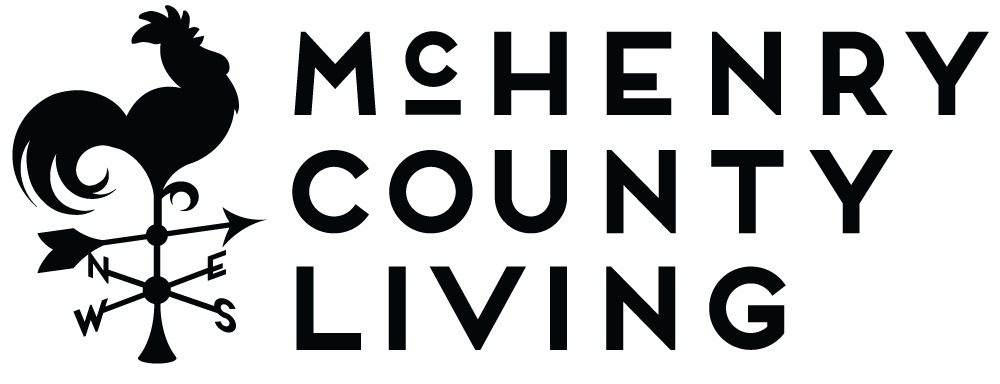Victory Gardening "Everywhere" in the 1940s
During World War II, an estimated 20 million people grew their own food.
By McHenry County Historical Society
During the first and second world wars, families were encouraged to do their patriotic duty and help themselves eat better by growing their own vegetable gardens. Illinois Superintendent of Schools Vernon Nekell urged his colleagues to establish Victory Gardens on school grounds and educate students to do likewise at home. The program extended into home economics classes, where girls learned how to can fruit and vegetables. In 1917, an estimated half a million quarts of canned fruits and vegetables were produced. The next year, that figure jumped to 1.45 million quarts.
During World War II, an estimated 20 million people followed the example of First Lady Eleanor Roosevelt, who grew her own vegetable garden on the White House lawn. By 1943, these “war gardens” were producing 8 million tons of food – about 40 percent of all the vegetables Americans were eating. Fred B. Morgan, Victory Garden chairman in McHenry County, worked to secure land for community gardens. Hundreds of lots were made available by J.J. Wallace at no charge in country club additions on the south shore of Crystal Lake. The Chicago & North Western Railroad also donated several acres.
“Victory gardening is everywhere in evidence,” the Crystal Lake Herald reported in May 1943. “Many persons now have potatoes, peas, onions and other crops planted. On weekends and evenings it is common sight to see just about everyone working in their garden.”
The homegrown food effort also had the added effect of boosting morale.
The mission of the McHenry County Historical Society is to engage and educate current and future generations by preserving and sharing McHenry County history. For more, visit mchenrycountyhistory.org.

